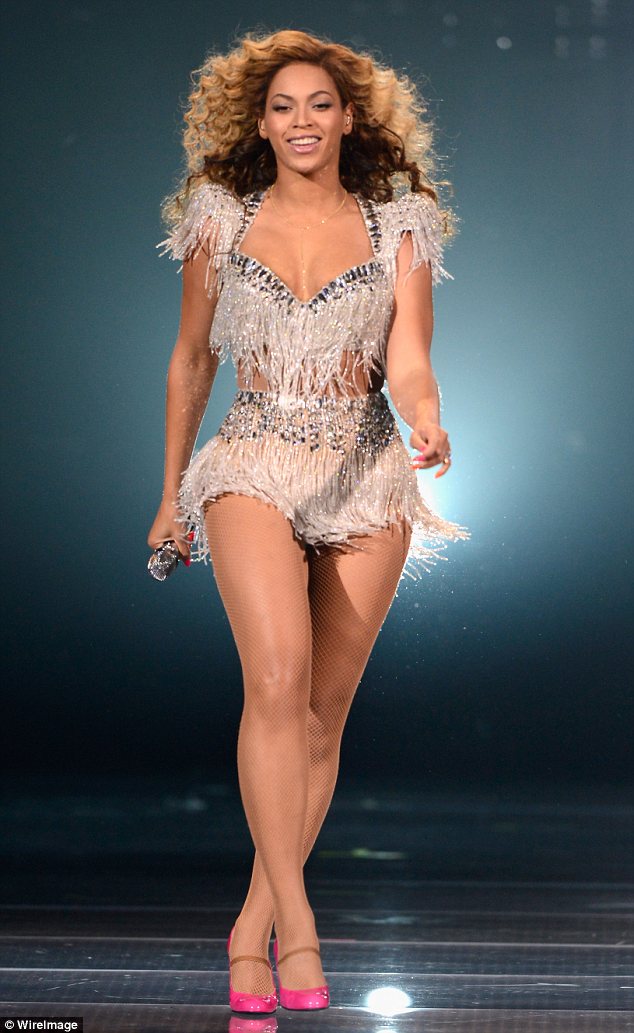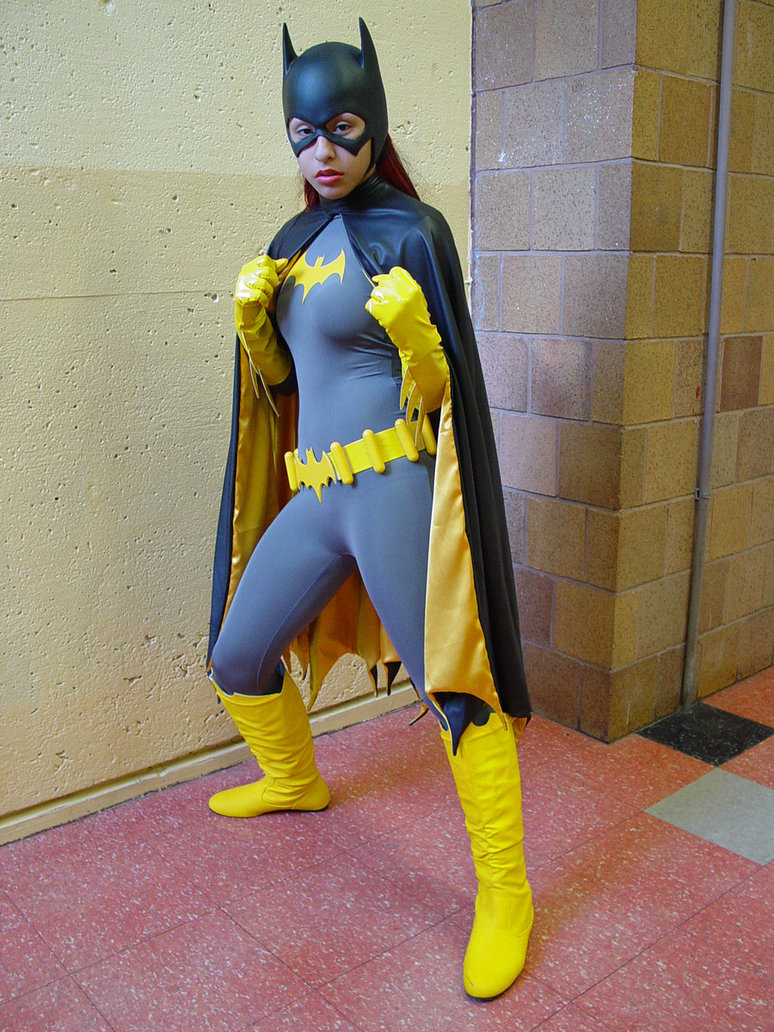Costume Malfunctions and Other Stuff
If something happens to your costume, tell the costume team immediately. Things happen. Zippers break, hems fall, buttons come off. Tell your costume team right away (ideally during intermission or right after the show) so they’re able to fix it in time for the next show. Don’t wait until the last minute to say something; you are not likely to get much sympathy five minutes before the curtain rises! As well, keep your costume pieces together and always make sure everything is accounted for before you leave each day, from your ballgown right down to your sparkly shoes.
Related to costume, makeup is the application of cosmetics to the face and body. A key function of makeup is to help the performer personify and embody the character he or she is playing. Makeup used to be more popular in the theater than it is today. In a modern small theater, performers playing realistic will simply go without makeup of any consequences. Use of makeup is often essential because the age of a character differs from that of the performer. Suppose that 20 years old performer is playing the part of a 60-year-old character. Through the use of makeup, the appropriate age can be suggested.
Theiss explored in her previous works the theme of flying employing in her designs butterflies motifs, but this time she had to apply her skills and knowledge to pieces that had to evoke concepts such as fear, hope and freedom rather than literally represent them. Turning to a dark palette comprising black, grey and dove with some plum added in, the designer employed a series of different techniques to help Donlon’s telling her story. In one costume Theiss for example added a simple woollen strip that tied the dancer’s wrists, and that perfectly hinted at the constraints and pressures that chain and trap us in our lives.